-
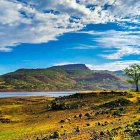 Experience Bliss and Enjoyable Moments in the Shangri La that is Pawna Lake:Be Close to Nature Enjoy & Fun Filled Activities (2022)
Experience Bliss and Enjoyable Moments in the Shangri La that is Pawna Lake:Be Close to Nature Enjoy & Fun Filled Activities (2022)
-
 Embark on a Journey to Discover India. Your Guide to the Best Places to Visit in India in Every Season (2020)
Embark on a Journey to Discover India. Your Guide to the Best Places to Visit in India in Every Season (2020)
-
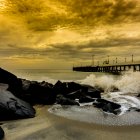 समुद्र तट, प्रकृति का जादुई सौंदर्य, अनूठा आकर्षण सब कुछ है - पांडिचेरी यात्रा के दौरान वहाँ क्या देखें, क्या खाएं, कहां खरीदारी करें: पांडिचेरी में घूमने के 10 सर्वश्रेष्ठ स्थान (2020)
समुद्र तट, प्रकृति का जादुई सौंदर्य, अनूठा आकर्षण सब कुछ है - पांडिचेरी यात्रा के दौरान वहाँ क्या देखें, क्या खाएं, कहां खरीदारी करें: पांडिचेरी में घूमने के 10 सर्वश्रेष्ठ स्थान (2020)
Philippines: A Destination That Captures Your Heart

The Philippines is an island country of Southeast Asia in the western Pacific Ocean. The country is a blend of the past age and the new age and, also a blend of the ordinary and the extraordinary. With over seven thousand islands, the Philippines is a place with exceptional beaches that are breathtaking. The Islands spread out in the shape of a triangle. The country where agriculture is very extensive has rice terraces at different locations in the country, and most of these rice terraces have been in existence right from the early centuries. Other attractions include underground rivers, beaches, caves, volcanoes, temples, and lots of festivals. And of course, a must is to enjoy the beautiful cuisines of this wonderful country. The Philippines is a great place to pitch your tent for an adventure.
What to Expect
Filipinos Are Nice And Considerate
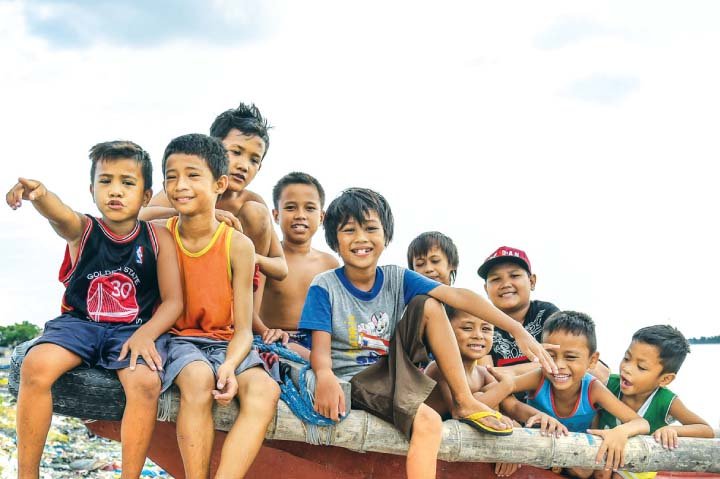
Filipinos as characterised as warm, cheerful, fun-loving, generous, and hospitable, humble and down to earth. If you were having a second thought about visiting the Philippines, lay your doubts aside and get ready to be ensnared not only by the beautiful scenery but by the enduring nature of these amazing individuals.
No Language Barrier

Majority of the Filipinos speak and understand English; in fact, English is an official language. By the early twenty-first century, the country had one of the highest literacy levels in Asia. So, don't be scared of visiting because you think you might not be able to communicate easily, you will fit in with ease.
Everything Is Quite Affordable

Things are cheap and affordable in the Philippines. A whole chicken costs Rs. 280 and a suit goes for Rs.4,900. The prices of items are reasonable and you can purchase stuffs you need without much ado.
Breathtaking Sights in Philippines
1. Vigan, Ilocos Sur
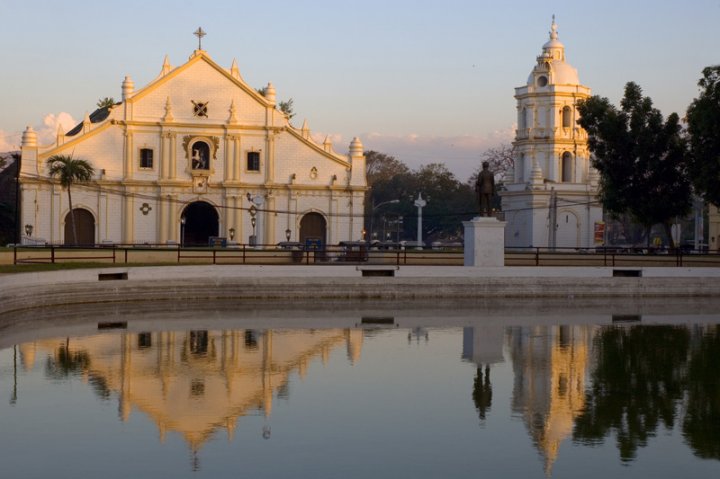
The City of Vigan is the capital City of the Province of Ilocos Sur known to be the only heritage city in the whole Philippines. It is said to be a fifth class city in the province of Ilocos Sur in the Philippines. Vigan is endowed with its timeless and well-preserved beauty and is one of the best-preserved Spanish colonial towns. The city is the country’s oldest surviving Spanish colonial city that dates back to the 16th-century colonial period. It fuses Philippine design aesthetic with colonial European architecture. Check out the cobblestone streets, malecón, horse-drawn carriages and rustic mansions.
-
Facts
-Vigan is a UNESCO World Heritage Site. It was officially included in the UNESCO World Heritage List of Sites and Monuments
-It was also named as the first component city of Ilocos Sur in 2001.
-It’s also a noisy Filipino town like many others.
-The architecture of the city manifests the mixture of cultural elements from the Philippines, China and Europe.
-There are many Spanish colonial period houses and mansions that are scattered in the Philippines. But Vigan city is the place to see an entire district of the Spanish period architecture and scenery.
-
Top Attraction Spots
-Vigan City Heritage Houses
-Crisologo Museum
-Quirino Bridge
-Syquia Mansion
-Plaza Salcedo
-Calle Crisologo
-Bantay Belfry
-Vigan Baluarte -
Activities
-Visit the Bantay Bell Tower
-Stop by the Hidden garden
-Have a taste of the Tinubong, the native delicacy
-Visit Pinsal Falls
- Walk along Crisologo Street to experience an ambience dating back to the 16th century -
How to Get Around?
-Calesa (Horse-drawn carriage)
-Tricycle
2. Chocolate Hills

Chocolate Hills are the most incredible and unique creations of nature located on the island of Bohol, which is in the Philippines. These hills are conical-shaped mountains; they consist of 1268 to 1776 dome-shaped hills, spread over the municipalities of Carmen, Sagbayan and Batuan in Bohol. They are covered in green grass that turns brown during the dry season, hence the name Chocolate Hills.
The Chocolate Hills which is considered 3rd National Monument is one of the most famous landmarks of the Philippines, and have been recently included in the new nominations for the Seven Wonders of the World.
-
Facts about Chocolate Hills
- In 1988, Chocolate Hills was declared a National geological monument.
-The height of these hills ranges between 150 to 400 feet and the height of the domes varies between 98 to 160 feet.
-The largest chocolate hill is 120 meters .
-Two of the chocolate hills have been developed into resorts for tourism.
-Each hill is called a 'karst', which consists of limestone, and is covered by topsoil and grass.
-These hills have marine deposits like coral, algae, and molluscs.
-They are a famous tourist attraction of Bohol.
- The province of Bohol is also known for white sand beaches, rivers, centuries-old churches, and the Philippine tarsier.
- How to Get Around?
Vans are the most common means of transportation.
3. Coron, Palawan
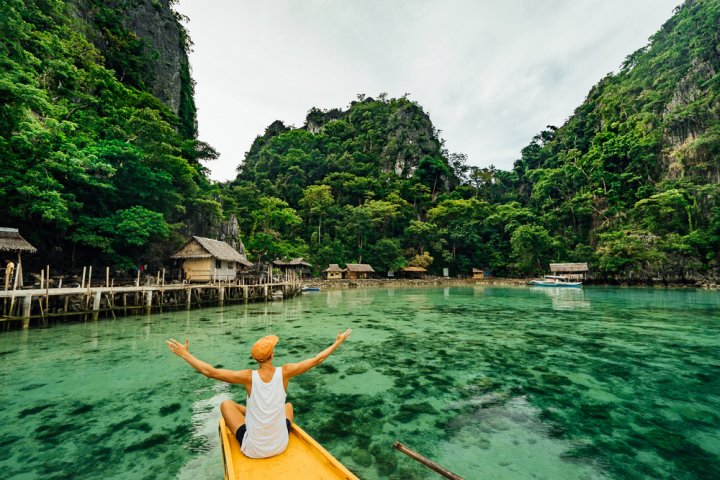
Coron is a tropical paradise in the province of Palawan and it is part of the Calaminian group of islands in the Philippines. Coron is the most beautiful place in the Philippines and is also one of the most visited destinations for wreck diving in the country. Coron is the third-largest island in the Calamian Islands in northern Palawan in the Philippines and is known for several Japanese shipwrecks of World War II vintage. The island and surrounding fishing grounds are part of the ancestral domain of the indigenous Tagbanwa people and cuyonon is a regional Visayan language spoken on the coast of Palawan.
- Facts About Coron
-The locals are some of the oldest people in the Philippines.
-They are traditionally musical people. -
Simple Cuyonon Phrases
Good afternoon - Mayad nga apon
Good evening/night - Mayad nga gabi
How are you? - Kumusta kaw?
I'm fine/good and you? - Mayad da, ay ikaw?
Thank you - Salamat.
Where are you going? - Adin kaw mapakon?
What are you doing? - Anono imong ingbuwoat?
-
Top Attraction Spots
-Manuyuk (Haunted’ sinkhole)
-Mt. Karububuan
-Kumayasakas Cave River
-Mt. Ripused
-Turungan Cave & Hills
-Didawud Idjang (Fortress)
-Chawa Viewdeck
-Honesty Coffee Shop
-Sabtang island
-Itbayat island
-Siayan Island
-Rapang Cliff
-
Activities
-Island Hopping Around Coron
-Snorkel at Siete Pecados Marine Park
-Experience the Thermo-cline at Barracuda Lake
- Snorkel on a WWII Japanese shipwreck
-Swim and Kayak the Twin Lagoons
-Swim At Kayangan Lake
-Picnic on a White Sand Beach
-Hike up Mt Tapyas
-Visit Maquinit Hot Springs
-Calauit Safari Park
-Twin Lagoon
-Soak in Maquinit Springs
-Swim in Lake Kayangan
-
How to Get Around?
Tricycles are the main method of transportation in Coron town and the best time to visit Coron is from December to May. This coincides with the dry season on the island.
4. Sagada
Sagada is a town within the Philippines’ Mountain Province. It is a community of small populous situated five thousand feet high between the mountain ranges of Cordillera and Ilocos. The town has a right mix of Filipino ethnic culture, nature and adventure; to the north, Bomod-ok Falls has a natural swimming pool while rice terraces are carved into the surrounding mountainsides. Sagada has remained untouched and impregnable to influence of Spanish conquest because of its remote location, thus most of its indigenous culture have been preserved over time.
- Facts about Sagada
- People in Sagada generally speak Filipino or Tagalog
-There is curfew in Sagada from 9:00 PM to 4:00 AM.
-The months of November to February are the best time to visit Sagada while the weather is temperate.
-A traditional Kankanaey rice festival called Begnas is celebrated in Sagada and other areas in Cordillera 3 times a year.
-Trekking is a major activity in Sagada. -
Helpful phrases
- English to Kankana-ey (language of the Igorots in Sagada)
- Good morning – Gawis ay agsapa
- Good afternoon – Gawis ay masdem
- Good evening – Gawis ay labi
- Where did you come from? – Nalpuam?
- Let’s go – Entako -
Top Attraction Spots
-Lumiang Burial Cave
-Lake Danum
-Sumaguing Cave
-Bomod-Ok Falls
-Echo Valley
-Hanging Coffins
-Sumaguing Cave
-Lumiang Cave
-
Activities
-Drop by at Sagada Weaving and take great pleasure in the making of hand-weaved bags and other textiles.
-Dinner at Log Cabin
-Visit the Ganduyan museum.
-Watch the sunrise at Kiltepan
- Watch the sunset at Lake Danum
-Try the local coffee of Sagada
-Go on a cave tour
-
How to Get Around?
Via a jeepney or by walking.
5. Taoist Temple
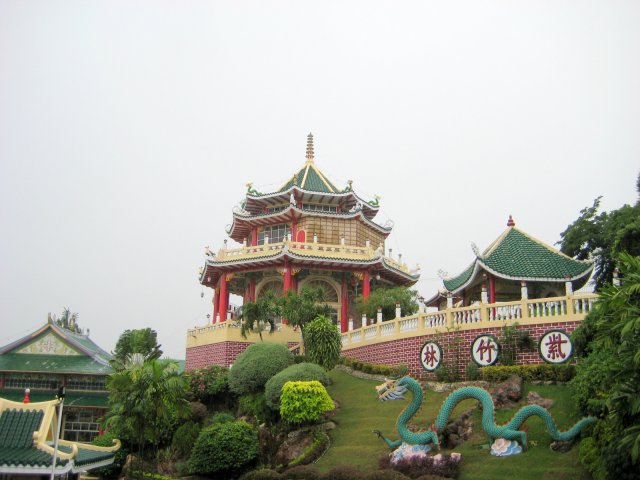
Cebu Taoist Temple is a Taoist temple located in Beverly Hills Subdivision of Cebu City, Philippines. The Taoist Temple is the centre of worship for Taoism, the religion which follows the teachings of the ancient Chinese philosopher, Lao Zi. In the temple, rituals are performed. One ritual is where one prays to the gods to grant one’s wish. Another ritual among the devotees is the climbing of its 181 steps, which represents the 81 chapters of Taoism scriptures, and lighting joss sticks and having their fortune be read by the monks. These rituals are done on Wednesdays and Sundays.
This temple is composed of two different temples: one is the Phu Sian Temple, built by another Chinese community, which is not open to the public; another is the main temple which is the only temple open to worshippers and non-worshippers.
- Facts about the Cebu Taoist Temple
- The Temple was built in 1972 by the Cebu’s substantial Chinese community
-The temple is open from Monday - Sunday from 9 AM to 5 PM
-Sleeveless shirts and short pants are not allowed if you want to enter the main worship temple.
-Visitors are asked to wash their hands and to remove their footwear before going in.
-The Taoist Temple is an ideal place for self-contemplation and meditation.
- The temple includes a chapel, library, souvenir shop, and a wishing well.
-
How to Get Around?
It can only be reached through a private car, taxi, or a motorcycle for hire called the “habal-habal”. These means of transportation are allowed to the gate only and you get to walk in which will take 15 minutes to reach the temple.
6. The Banaue Rice Terraces
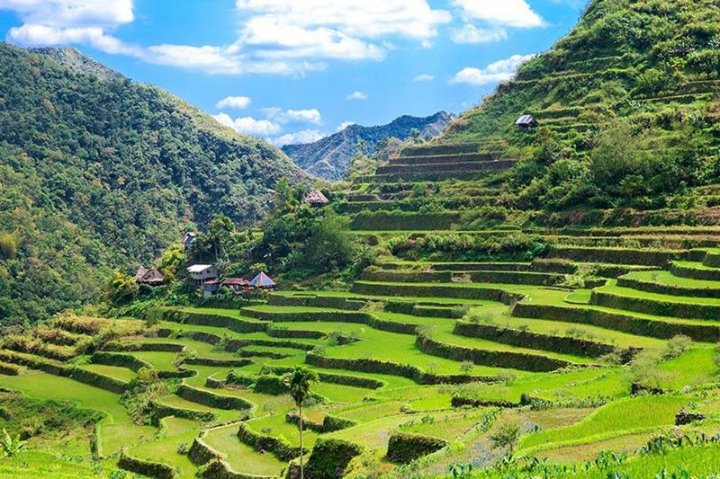
The Banaue Rice Terraces is a national cultural treasure. The Banaue Rice Terraces are terraces that were carved into the mountains of Ifugao in the Philippines by the ancestors of the indigenous people; the Ifugao people have been its caretakers , and the culture engenders an elaborate array of celebrations linked with agricultural rites from rice cultivation to rice consumption. The terraces are occasionally called the "Eighth Wonder of the World". The terraces are located approximately 1,500 metres (4,900 feet) above sea level. It is commonly thought that the terraces were built with minimal equipment, largely by hand and it is believed that if the steps were put end to end, it would encircle half of the globe The Rice Terraces were built 2,000 years ago by our ancestors using stone and mud walls to construct pond fields for rice cultivation in the mountains of Ifugao.
Locals up to this day still plant rice and vegetables on the terraces, although the new generation of the Ifugaos does not find farming appealing, resulting in the gradual erosion of the characteristic "steps", which require constant reconstruction and care.
-
Facts about the Banaue Rice Terraces And the locals
- In 1995, the UNESCO declared the terraces a world heritage centre.
-The terraces are irrigated by water from catchment areas in the rainforests above it.
- It is believed that the terraces are one of the most amazing engineering feats to have been accomplished by the ancient world.
-Some of the terraces are as high as 4,000 meters above sea level.
- Ifugao is the name of the province as well as the people who dwell there and they have a festival called tunggul where they basically enjoy products made from rice e.g rice beer and eat rice cakes.
The Banaue Rice Terraces is a perfect place for sightseeing, getting closer with nature, getting to know the tribes of Ifugao, and even consulting with a Mumbaki (a traditional Ifugao witch doctor) to perform spiritual healing rituals.
7. Langun Gobingob Caves, Samar
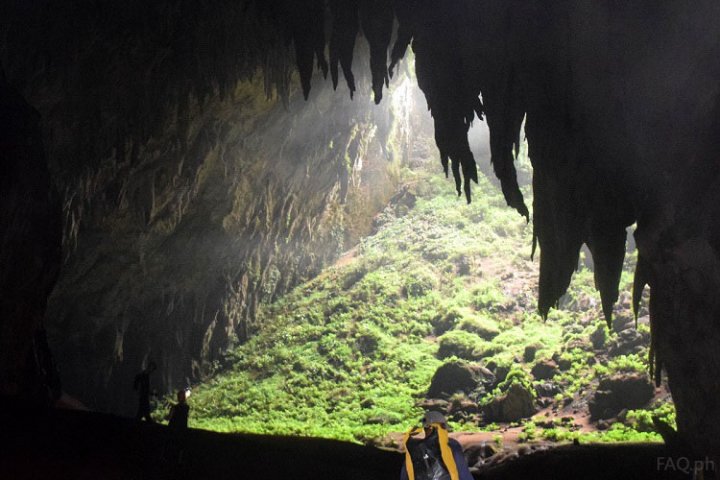
The island of Samar is home to the biggest cave in the Philippines. Hundreds of caves have been discovered, mapped and catalogued by some Italian, French and Filipino speleologists. With hundreds of caves explored and mapped, the island of Samar is starting to be recognized as the caving capital of the Philippines.
Samar is composed of at least 12 interconnected caves including Langun, Gobingob, Lurodpon and Bitong Mahangin. The Langun-Gobingob Cave is one of the spectacular and the largest cave that can be found on the island of Samar and in the Philippines, and second largest cave in Asia. Its karst formation is also reputed to be the third largest in the world. It requires 8-9 hours of trekking outside and inside the country’s biggest cave. To properly have a view of the caves, this will require, 3 days of explorations and 2 nights of camping within the cave; although it is creepy and mysterious inside, an adventurer is ready for anything exciting and challenging.
The cave is famous for speleothems; magnificent tall limestone stalagmite and stalactites, and several endangered species of bats, cave crickets, the eyeless fish, cave spiders, birds, snakes, and white and red crabs.
8. National Museum of the Philippines, Manila
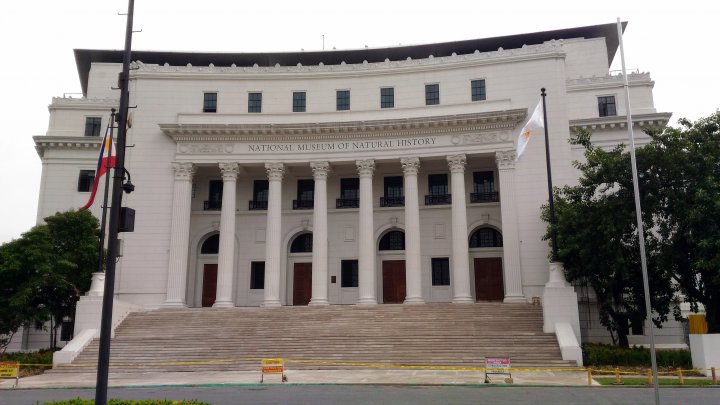
The National Museum Complex in Manila is composed of the National Museum of Fine Arts, National Museum of Anthropology and the National Museum of Natural History and is the home of the National Museum of the Philippines.
It was established through Republic Act No. 8492, also known as the National Museum Act of 1998, which establishes that the whole Executive House Building (also known as the Old Congress Building), the Department of Finance Building and the Department of Tourism Building in Agrifina Circle, Rizal Park, shall be the permanent and exclusive site of the National Museum, which shall be known as the National Museum Complex.
-
Things to Watch Out For at the Museum
-The giant painting Spoliarium by Juan Luna
-The Manunggul Jar and other prehistoric artefacts dated back from 890 to 710 B.C.,
-The treasures of Spanish Galleon San Diego
-The Balangay or Butuan boat
-The different paintings and sculptures of various Filipino national artists -
Facts
-The National Museum is the old legislative building in Manila.
-The National Musuem’s Art Gallery is home to our national cultural treasures.
-It’s free on Sundays.
-The National Museum complex is actually composed of three existing buildings, including two within the grounds of Rizal Park.
-Due to the priceless nature of the artworks and artifacts, visitors are allowed to only bring their mobile phones and wallets inside the galleries.
-You will find out that the National Art Gallery has different temperatures inside .
-The National Museum of the Philippines is an umbrella government organization that oversees a number of national museums in the Philippines.
To learn more about the national cultural and historical treasures of the Filipinos, the museum is a place to visit.
9. Puerto Princesa Underground River
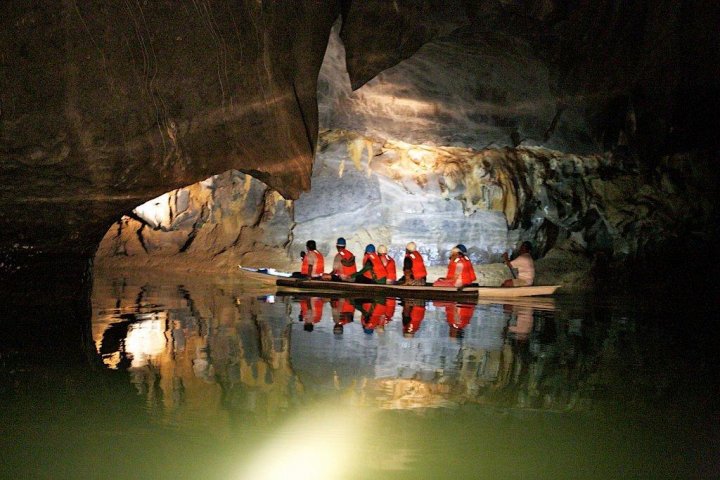
The Puerto Princesa Subterranean River National Park is located in the Saint Paul Mountain Range on the western coast of the island. The cave system stretches for a total of 24 KM underneath the mountains, and the river itself winds its way through 8.2 KM of it.
- Facts
- The National Park is home to at least seven wildlife species listed among the Internationally Threatened and Endangered Species
- The National Park also offers caving adventure aside the Underground River experience.
- Subterranean River is the world’s longest navigable underground river .
- The river and caves are home to thousands of Bats, giant spiders, crabs, fish, snakes and swallows inhabit the cave.
- It is both a UNESCO World Heritage Site and one of the ‘New 7 Wonders of Nature’.
- The National is one of the very few that flows out directly to the sea.
- There also is the Lions Cave and the Daylight Hole.
-Helmets and life jackets are provided and must be worn for the duration of the tour. -
Activities
-Boat ride
-Boat tour
-Caving adventure
-
How to Get Around?
A permit is needed in order to visit the underground river and this visit lasts for 45 minutes.
10. Batanes Islands

Batnes is the capital is Basco located in the island of Batan. Batanes is one of the most wanted tourist destinations in the Philippines. Batanes is a group of islands filled with vast pasture lands, rolling hills, towering volcanoes, crystal-clear waters, green hills, massive cliffs overlooking oceans under the blue skies, rocky shores and white sand beaches, and the rich cultural heritage of the Ivatans. Over time, Batnes has come to be known as the northern beauty of the Philippines. It is comprised of 10 islands but only 3 are inhabited ones; Batan, Sabtang, & Itbayat.
- Facts about Batnes
-Locals are called as “Ivatan”.
-Their language is called “Ivatan”
- Ivatan’s are good natured and trustworthy people.
-There is almost no crime at all.
- Simple Ivatan phrases
Hello: Dius!
How are you?: Ara ka mangu?
I am fine: Taytu aku a mapya.
Thank you: Dius mamahes!
Yes: Owen
No: Umba
Goodbye: Avek dana / Mangay aku na -
Top Attraction Spots
-Manuyuk (Haunted’ sinkhole)
-Mt. Karububuan
-Kumayasakas Cave River
-Mt. Ripused
-Turungan Cave & Hills
-Didawud Idjang (Fortress)
-Chawa Viewdeck
-Honesty Coffee Shop
-Sabtang island
-Itbayat island
-Siayan Island
-Rapang Cliff
-
Things to Try Out
-Bike around the island
-Sail to the uninhabited islands
-Experience fishing with the local fishermen
-
How to Get Around?
- By jeepney, tricycle, motorcycle, bike, car, boat
Fun Things to Do When You Visit
Taste the Local Cuisine

Philippines cuisine is among the most flavourful and exceptional cuisines in the world. Resist the urge to just visit the sites of attractions only; try out the local meals and you might fall in love with some in particular. Get the recipe if you wish and give it a try when you get back to your country. Meals to try out include Bulalo, Lechon and Tamilok.
Take a Dip in the Lagoons/Rejuvenate at a Spa
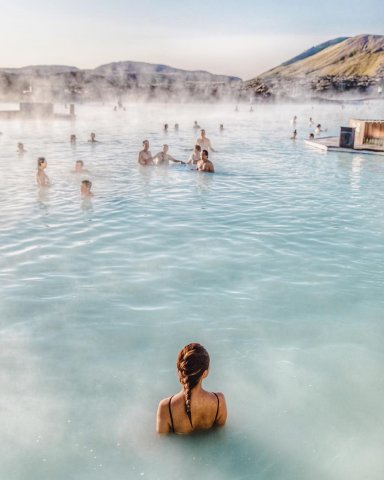
There are so many ways of rejuvenating and getting your body to relax. You can either have a swim or visit the spa. Asians have been known to give the best of spa treatments. You can’t visit one of the Asian nations and leave without having a taste of their spa treatment. These spas are known to have great attendants and trained therapists, who will give you the best and memorable treatment ever.
Go Shopping in Some of the Biggest Malls in the World

The Philippines is home to some of the biggest malls in the world, such as SM City North EDSA and the SM Mall of Asia, numerous markets, stores and a place to find remarkable antiques and beautiful souvenirs. Go prepared, get a guide to lead you to the right malls and ensure you get the best that the country has to offer. The Philippines is the best place to get handicrafts, jewellery, baskets and embroidery.
-
 Experience Bliss and Enjoyable Moments in the Shangri La that is Pawna Lake:Be Close to Nature Enjoy & Fun Filled Activities (2022)
Experience Bliss and Enjoyable Moments in the Shangri La that is Pawna Lake:Be Close to Nature Enjoy & Fun Filled Activities (2022)
-
 Embark on a Journey to Discover India. Your Guide to the Best Places to Visit in India in Every Season (2020)
Embark on a Journey to Discover India. Your Guide to the Best Places to Visit in India in Every Season (2020)
-
 समुद्र तट, प्रकृति का जादुई सौंदर्य, अनूठा आकर्षण सब कुछ है - पांडिचेरी यात्रा के दौरान वहाँ क्या देखें, क्या खाएं, कहां खरीदारी करें: पांडिचेरी में घूमने के 10 सर्वश्रेष्ठ स्थान (2020)
समुद्र तट, प्रकृति का जादुई सौंदर्य, अनूठा आकर्षण सब कुछ है - पांडिचेरी यात्रा के दौरान वहाँ क्या देखें, क्या खाएं, कहां खरीदारी करें: पांडिचेरी में घूमने के 10 सर्वश्रेष्ठ स्थान (2020)
-
 If You are Planning a Trip to Pondicherry in 2020, These are the Places to Visit for Foodies, Beach Bums and Shopaholics!
If You are Planning a Trip to Pondicherry in 2020, These are the Places to Visit for Foodies, Beach Bums and Shopaholics!
-
 Take a Cool Break This Summer as BP-Guide Brings You the 10 Coolest and Most Mesmerizing Places to Visit in India in the Summers (2019)
Take a Cool Break This Summer as BP-Guide Brings You the 10 Coolest and Most Mesmerizing Places to Visit in India in the Summers (2019)
Eat And Party Till Dawn
It isn’t quite an adventure until you really step out of your comfort zone. What better way to do that than by indulging your palate in the most curious of delicacies and flavors? In the Philippines, locals enjoy many peculiar eats. You can enhance your taste buds by trying one or all.
A trip without a party is unimaginable. You can party till dawn in Boracay.t After the island’s postcard-worthy sunset, vivacity takes over and the partying begins. Nightspots line the beach, from energetic clubs to more laid-back bars with live music. Take your pick and enjoy the island’s nightlife until the sun rises.

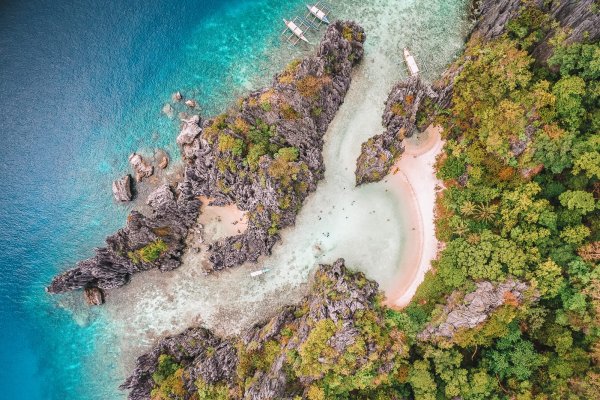
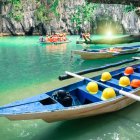



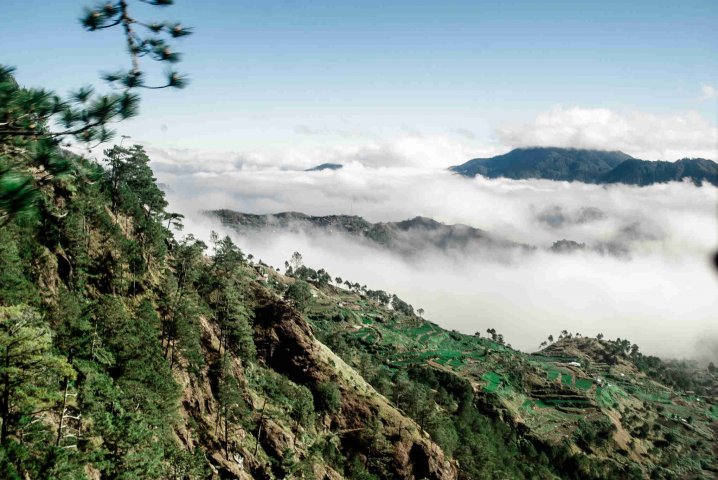
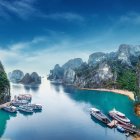

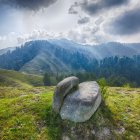
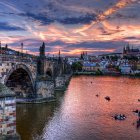

 Highlight the Best Facets of Your Incomparable Beauty: Discover the Best Face Highlighter Currently Available in India and Everything You Need to Know About Using Face Highlighters for Maximum Effect (2023)
Highlight the Best Facets of Your Incomparable Beauty: Discover the Best Face Highlighter Currently Available in India and Everything You Need to Know About Using Face Highlighters for Maximum Effect (2023)
 Forget the Blemishes and Get that Picture Perfect Flawless Radiance on Your Face: Check out the Best Foundations for Oily Skin Currently Available in India and Everything You Need to Know About Makeup Foundations (2023)
Forget the Blemishes and Get that Picture Perfect Flawless Radiance on Your Face: Check out the Best Foundations for Oily Skin Currently Available in India and Everything You Need to Know About Makeup Foundations (2023)
 Make Your Presence Felt Wherever You Go: Discover the Best Perfumes Under 2000 for Both Men and Women to Announce Your Arrival and Make Any Occasion Memorable (2023)
Make Your Presence Felt Wherever You Go: Discover the Best Perfumes Under 2000 for Both Men and Women to Announce Your Arrival and Make Any Occasion Memorable (2023)
 Protect Your Oily Skin from the Harmful Rays of the Sun: Discover the Best Gel Based Sunscreens for Oily Skin and Everything You Need to Know Before Buying One (2023)
Protect Your Oily Skin from the Harmful Rays of the Sun: Discover the Best Gel Based Sunscreens for Oily Skin and Everything You Need to Know Before Buying One (2023)
 Minor Blemishes and Wrinkles Affecting Your Confidence? Check out the Best BB Creams to Conceal Your Worries and Nourish Your Skin to Restore the Healthy, Radiant and Glowing Complexion Back Again (2023)
Minor Blemishes and Wrinkles Affecting Your Confidence? Check out the Best BB Creams to Conceal Your Worries and Nourish Your Skin to Restore the Healthy, Radiant and Glowing Complexion Back Again (2023)
